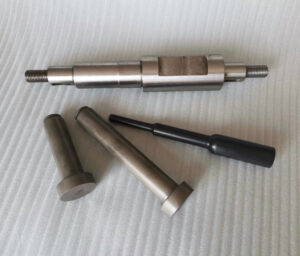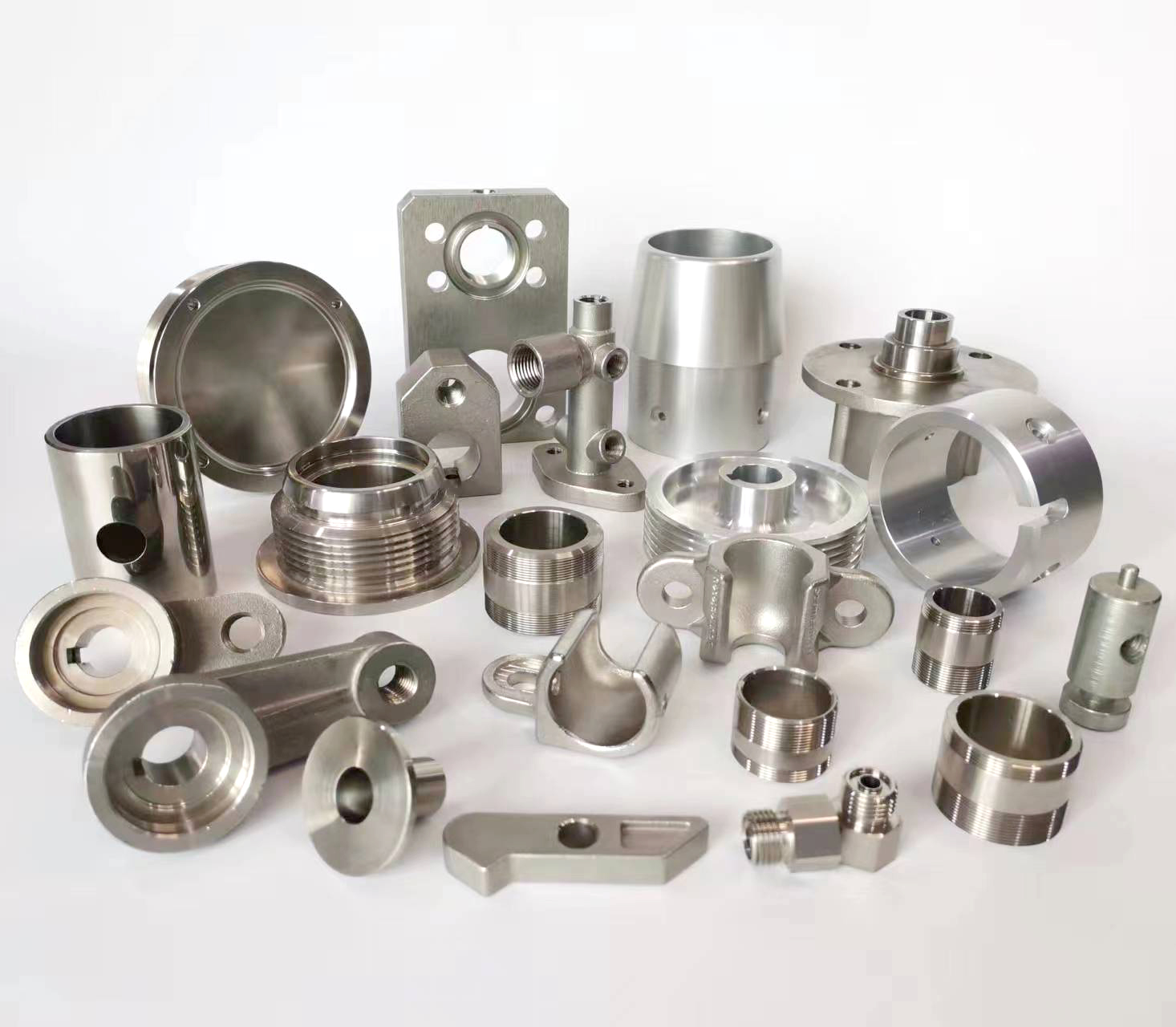
Hot forging is a complex metal forming process where metal is shaped at high temperatures (typically above the recrystallization temperature). Precise control over every step of the流程 (process flow) is critical to achieving parts with the desired mechanical properties, dimensional accuracy, and microstructure, while minimizing defects and production costs.
The control strategy can be broken down into the following key stages:
1. Input Material Control (Billet/Bar Stock)
This is the foundation of quality. Controlling the incoming material ensures consistency throughout the process.
Material Chemistry: Verify the chemical composition of the raw material (billet/bar) against specifications (e.g., SAE, AISI, DIN standards). This determines the final steel grade (e.g., 1045, 4140) and its inherent properties.
Dimensions and Weight: Billets must be cut to a precise length and weight to ensure proper fill of the die cavities and minimize flash (excess material). Weight control is crucial for material cost savings and reducing machining later.
Surface Condition: Inspect for and remove surface defects like seams, cracks, or scale, which can become internal defects in the forged part.
Certification: Use certified material from suppliers with Mill Test Reports (MTRs) that provide data on composition and properties.
2. Heating Process Control
Heating the billet to the correct temperature is arguably the most critical step.
Temperature Range: Each material has a specific forge temperature range (e.g., 1150°C – 1250°C for many carbon steels). Heating within this window is essential.
Too Low: Leads to inadequate flow stress, poor die fill, internal stresses, and cracked parts.
Too High: Causes excessive scale (oxide formation), decarburization (loss of carbon from the surface), grain growth, and potentially burnt material which is irreversibly damaged.
Heating Time & Rate: The time at the soaking temperature must be sufficient to achieve a uniform temperature throughout the billet’s cross-section, but not so long as to promote grain growth.
Atmosphere Control: Using induction heaters or furnaces with controlled atmospheres (e.g., inert gas) significantly reduces scale and decarburization, improving surface quality and material yield.
Control Equipment: Modern systems use automated, PLC-controlled furnaces with multiple thermocouples to monitor and maintain temperature within tight tolerances (±10°C or better).
3. Forging Operation Control
This involves the actual deformation of the metal in the die.
Die Temperature: Dies must be pre-heated to a specific temperature (e.g., 150°C – 300°C) to prevent thermal shock, which can cause die cracking, and to ensure smooth metal flow.
Lubrication: Applying lubricant (e.g., graphite-based) to the dies is crucial for:
Reducing friction and wear on the dies.
Assisting in metal flow and die filling.
Providing a thermal barrier, preventing heat transfer from the workpiece to the die too quickly.
The type, concentration, and application frequency of lubricant must be strictly controlled.
Deformation Rate & Force: The speed and pressure at which the hammer strikes or the press operates must be suited to the material and part geometry. This affects the strain rate and the resulting microstructure.
Number of Blows/Strokes: The number of times the part is struck must be optimized to achieve the final shape without introducing excessive work hardening or cooling the part too much between operations.
4. Post-Forging Process Control
The part’s properties are largely determined by what happens immediately after forging.
Cooling Rate Control: This is a primary method for controlling the final microstructure and mechanical properties.
Air Cooling (Normalizing): Allows the part to cool in still air. This refines the grain structure and improves uniformity.
Controlled Cooling: Placing parts in insulating materials like vermiculite or using controlled cooling furnaces to achieve a specific cooling curve, often for higher alloy steels.
Quenching: Rapid cooling in oil, water, or polymer to form a hard martensitic structure (typically followed by tempering).
Uncontrolled rapid cooling can lead to high stresses, distortion, and cracking.
Trimming: The flash (excess material) is trimmed off in a separate press while the part is still hot or after cooling, depending on the material. Die alignment and sharpness are key here.
5. Secondary Operations and Inspection
Heat Treatment (Annealing, Tempering, etc.): Performed to relieve internal stresses, achieve desired hardness, toughness, and strength. Temperature and time are tightly controlled.
Shot Blasting: Cleans scale and oxide from the surface, improving appearance and preparing the surface for inspection.
Inspection & Testing:
Dimensional Check: Using CMMs (Coordinate Measuring Machines), gauges, and fixtures to verify critical dimensions.
Non-Destructive Testing (NDT): Techniques like dye penetrant testing (PT) for surface defects or ultrasonic testing (UT) for internal voids and cracks are used on critical components.
Destructive Testing: Sample parts are sectioned to check for internal grain flow, voids, and microstructure.
Mechanical Testing: Hardness tests (Brinell, Rockwell) are common. Tensile and impact tests are performed on sample coupons.
The Role of Modern Technology in Process Control
PLC & SCADA Systems: Automated controllers and supervisory systems monitor and log all key parameters (temperature, time, pressure, force) in real-time, ensuring repeatability and creating a traceable data record for each batch.
Robotics & Automation: Robots are used for loading/unloading furnaces, transferring billets between dies, and handling finished parts. This ensures consistency, improves safety, and increases throughput.
Simulation Software (FEA): Finite Element Analysis software (e.g., DEFORM, FORGE) is used to simulate the forging process digitally before making physical dies. This allows engineers to predict metal flow, detect potential defects (folds, underfill), optimize die design, and determine the required forging force, drastically reducing trial and error.
Summary of Key Control Parameters:
| Process Stage | Key Parameters to Control |
| Material Preparation | Chemistry, Dimensions, Weight, Surface Quality |
| Heating | Temperature, Soaking Time, Heating Rate, Furnace Atmosphere |
| Forging | Die Temperature, Lubrication, Number of Blows, Deformation Speed/Force |
| Cooling | Cooling Rate (Air, Controlled, Quench) |
| Finishing | Trimming, Heat Treatment Temperatures & Times |
| Inspection | Dimensions, Surface Defects (PT), Internal Defects (UT), Hardness |
In conclusion, controlling the hot forging process is a holistic approach that involves rigorous oversight from raw material to finished part. It combines established metallurgical principles with modern automation, data logging, and simulation technologies to produce high-integrity forged components reliably and efficiently.





